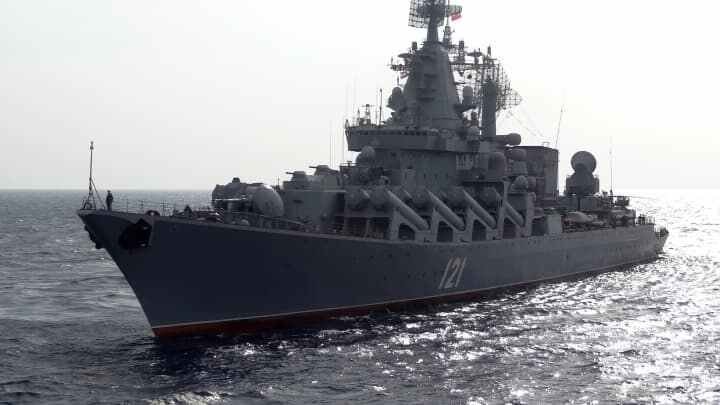By: Shashanka Das
The stalemate on the currency of payment for the delivery of the S-400 surface-to-air missiles has caused a significant delay, and now Russia has ordered 24 cargo ships from an Indian shipyard to help spend some of the Rupees in its coffers. This announcement of collaboration between the Goa Shipyard Limited (GSL) and the Russian Export Center came during discussions about the delivery schedule of the remaining missiles. It is projected that by 2027, GSL will have completed the construction of the 24 cargo ships that will traverse the Caspian Sea. The deal is seen as a win-win situation for both India and Russia, as they seek to trade despite the sanctions from the West.
In fiscal year 2022, India exported various items to Russia, including machinery, chemicals, marine products, and pharmaceuticals, valued at US$3.14 billion. On the import side, India imported items from Russia valued at US$46.21 billion. However, the two countries are facing problems due to the sanctions. Russia’s foreign-currency reserves were frozen, and it was shut out of the SWIFT network, effectively closing it off from the global financial system. India has refused to pay Russia in US dollars over concerns about secondary sanctions and won’t pay in Rubles because of worries about obtaining Russia’s currency on global markets at a fair rate.
This standoff has resulted in over US$2 billion in payments from India being held up for over a year. In turn, Russia has halted credit needed to purchase US $10 billion in spare parts and two S-400 air-defense systems. Both countries had initially decided to pay for the S-400s in Indian Rupees to reduce dependency on the US Dollar, but the Russia-Ukraine war has financially isolated Moscow.
As a result, an estimated US$1 billion worth of rupees is landing in Moscow’s coffers each month. Russian Foreign Minister Sergey Lavrov acknowledged the dilemma, stating that they have accumulated many billions of rupees that they haven’t yet found a use for. The biggest impediment for India to pay in its currency is that it is only partly convertible, and for significant transactions, the nod needs to come from New Delhi itself.
To address this issue, India has come up with an out-of-the-box solution – to reinvest rupees in the Indian economy. It is a lucrative deal for war-embroiled Russia, seeking long-term investments and a return on its money to keep its war machine going. This solution not only addresses the currency stalemate, but it also provides a boost to the Indian economy, providing employment and investment opportunities in the construction and shipping industries.
The collaboration between GSL and the Russian Export Center is not only a strategic move to bypass the currency stalemate, but it also opens up avenues for future cooperation and investment between the two countries. By building the 24 cargo ships and utilizing them for transporting goods across the Caspian Sea, it creates a mutually beneficial relationship that not only resolves the immediate problem at hand but also sets the stage for long-term economic ties between India and Russia.
It is essential for both countries to find innovative solutions to overcome the challenges posed by geopolitical tensions and sanctions. The decision to invest rupees in the Indian economy not only provides a way to utilize the surplus currency, but it also strengthens economic ties between the two nations. It showcases the potential for partnerships that go beyond mere trade and currency transactions, creating opportunities for collaborative projects and investments that will benefit both India and Russia in the long run.
This move signifies a shift in the traditional approach to resolving currency and trade disputes, setting a precedent for innovative solutions in the face of geopolitical challenges. It is a testament to the resilience and adaptability of both countries in finding ways to overcome obstacles and build stronger economic relations despite external pressures. The collaboration between GSL and the Russian Export Center is not just a response to a currency stalemate, but a strategic step towards a more robust and mutually beneficial partnership between India and Russia. (The author can be reached at shashankadas0007@gmail.com)







